Fiber Types You Need to Know
We would be noticeably healthier and live longer if we ate less processed food, which supplies more indigestible fibers to the digestive system, many wisely joined the fiber consumers, although most were not aware (and still are not) that all fibers are not the same and that different types of fibers fulfill different functions.
Cellulose. It is found in black flour, bran, cabbage, young peas, green beans, beans, brussels sprouts, cucumber peels, peppers, apples, and turnips.
Hemicelluloses. They are found in cereal bran, whole grains, brussels sprouts, mustard, and beetroot.
Cellulose and semi-cellulose absorb water and enable the functioning of the large intestine to be unhindered. Essentially, they “accumulate” waste materials and quickly pass them through the large intestine. It can not only prevent constipation but also protect against diverticulosis, colon spasms, hemorrhoids, colon cancer, and varicose veins.
Plant resins. They are usually found in oatmeal and other products made from oatmeal, as well as in dry beans.
Pectin. It is found in apples, citrus fruits, turnips, cauliflower, cabbage, dry peas, green beans, potatoes, porridge, and strawberries.
Plant resins and pectin primarily affect absorption in the stomach and small intestine. By binding with bile acid, they reduce fat absorption and lower cholesterol levels. They delay the emptying of the stomach, coating the lining of the intestines, thereby slowing down the absorption of sugar after lunch, which is more suitable for diabetics because this reduces the amount of insulin needed at any time.
Lignin. This type of fiber is found in many cereals that are taken for breakfast, in bran, ripe vegetables (when the vegetable ripens, the lignin content in it increases and it becomes more difficult to digest), blue eggplant, green beans, strawberries, turnips, and radishes.
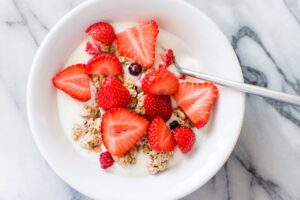
Lignin reduces the digestibility of other fibers. It also binds with bile acids to lower cholesterol and helps food pass through the intestines quickly.
Warning: although, indeed, most people do not consume enough fiber in their diet, an overabundance of fiber can cause gas, bloating, nausea, vomiting, and diarrhea, and there is also the possibility that it may harm the body’s ability to absorb some minerals such as zinc, potassium, and iron, magnesium and vitamin B12. This is easily prevented by varying the diet in addition to using foods rich in fiber.




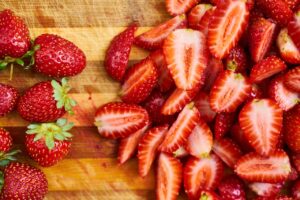
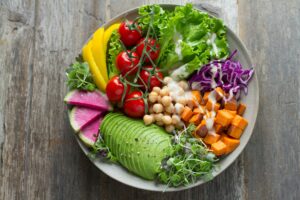


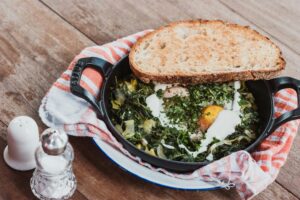

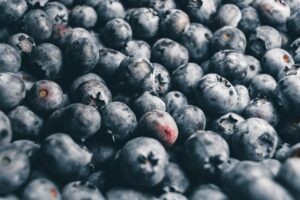


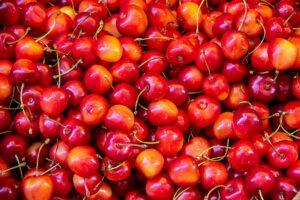
Post Comment